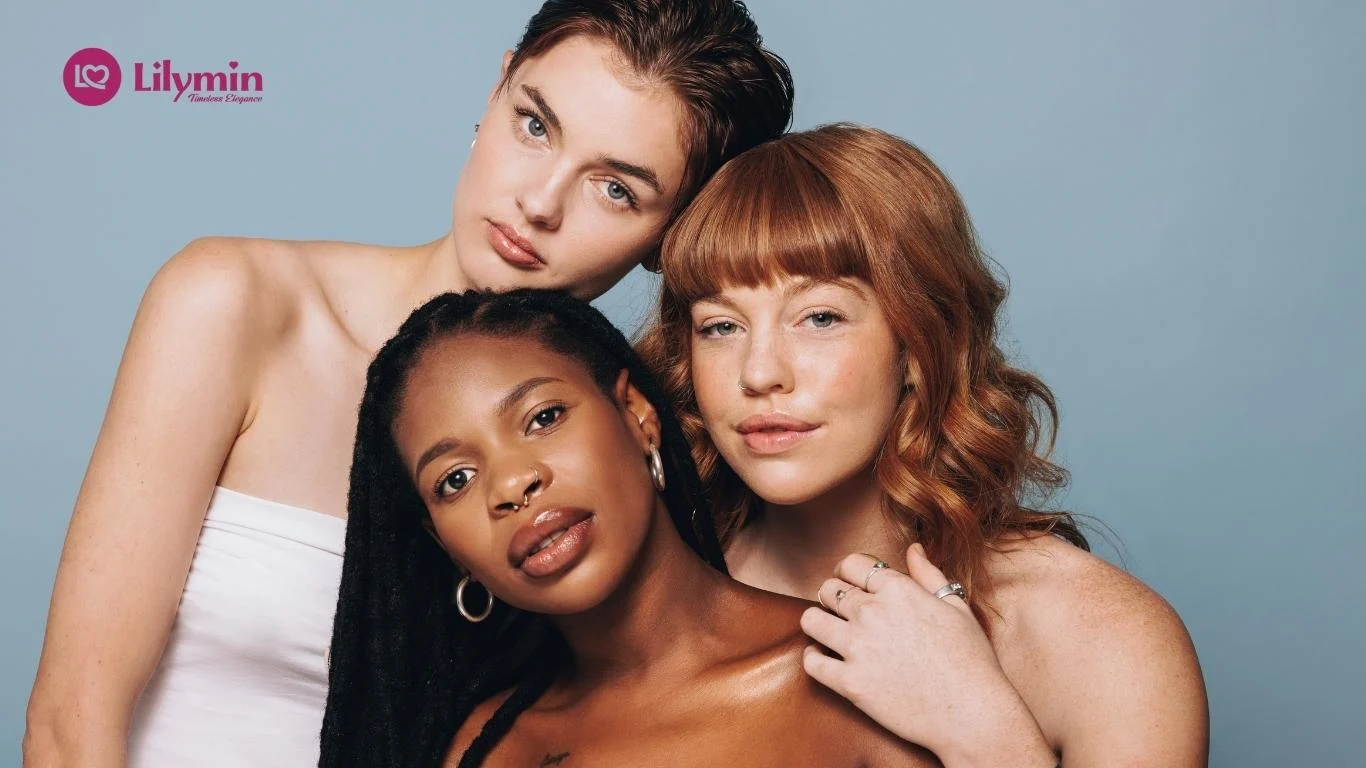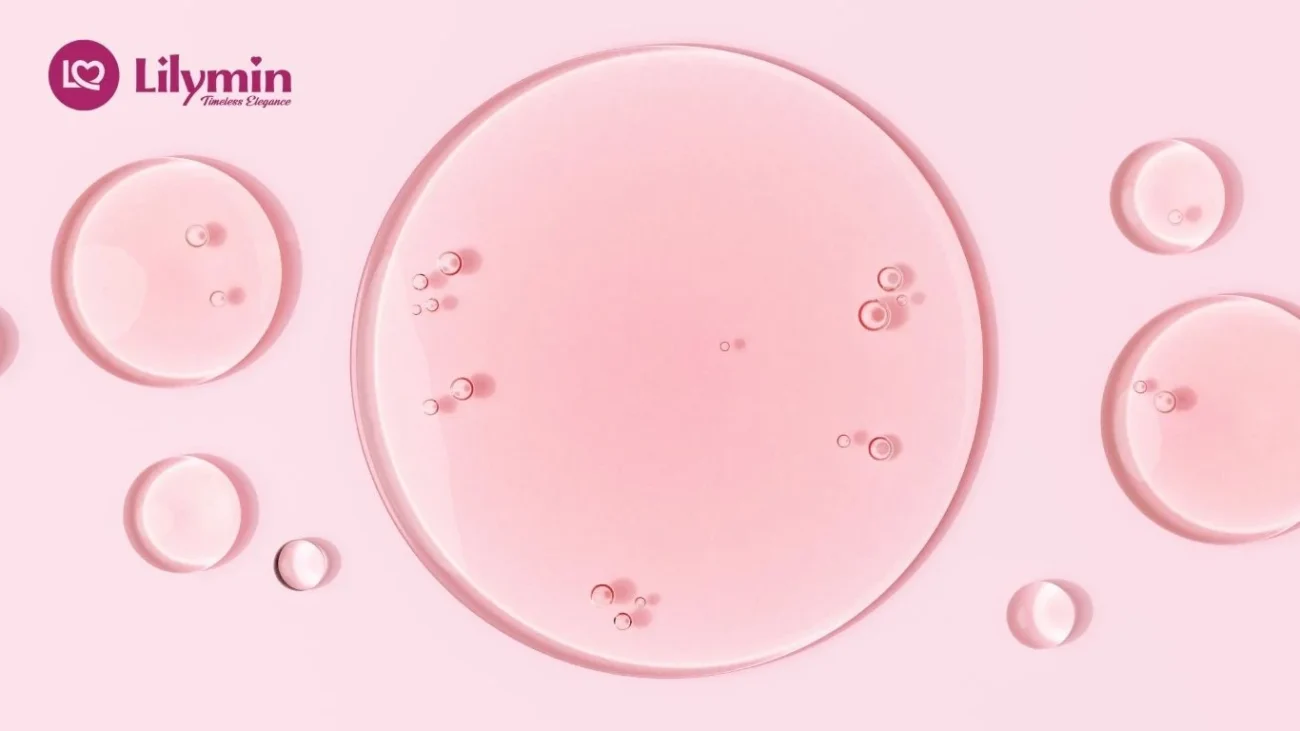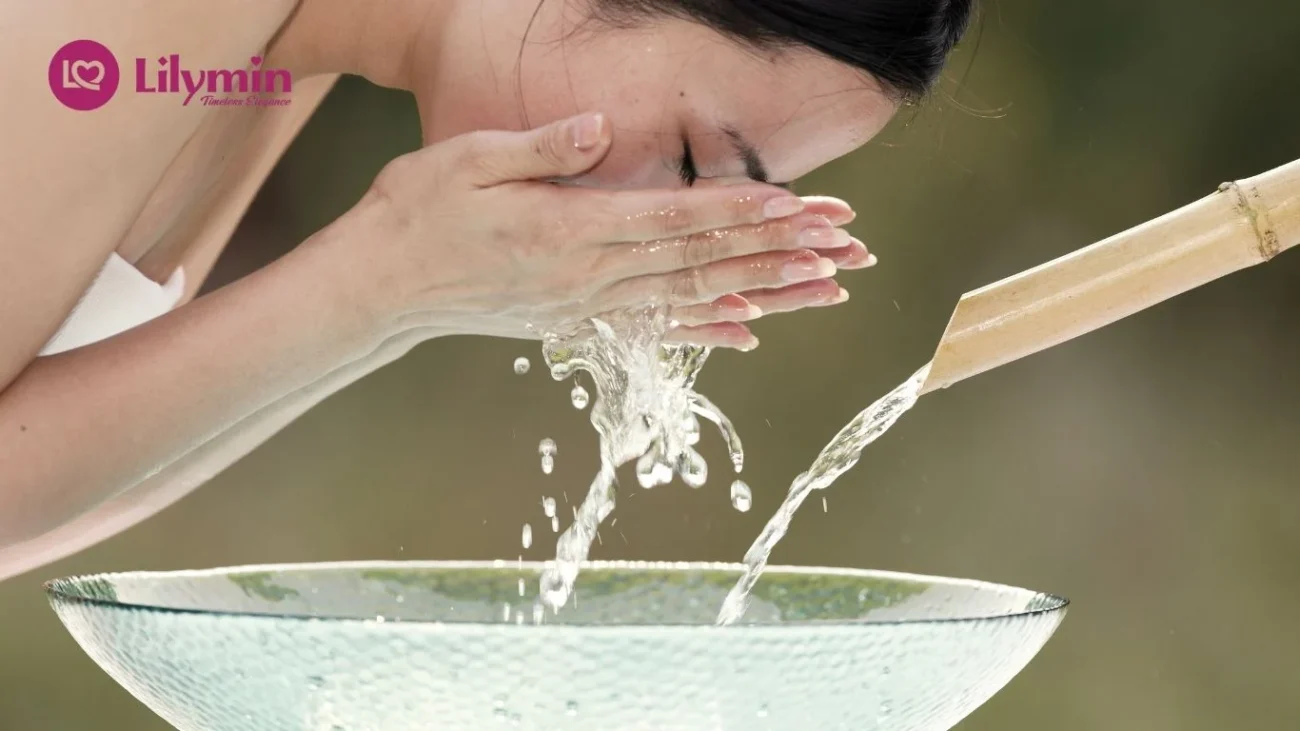Indian Skin Tone: The Complete Beauty Guide for Care, Makeup, and Style

The richness and diversity of the Indian skin tone are unmatched across the world. From dusky bronze to light wheatish hues, the Indian skin tone comes in beautiful shades, each carrying a unique charm. Learning how to embrace, care for, and enhance the Indian skin tone can transform the way you approach beauty and self-care.
When you understand the true beauty of the Indian skin tone, you can select the right skincare routines, makeup shades, and fashion choices to highlight your best features. It is about working with your complexion, not against it, allowing your natural beauty to shine through effortlessly.
In this guide, we cover every important aspect related to the Indian skin tone, including skincare, makeup selection, best fashion colors, common myths, and helpful beauty tips. With the right advice, celebrating the Indian skin tone becomes a joyful, empowering journey.
Characteristics of the Indian Skin Tone
The Indian skin tone typically ranges from fair wheatish shades to deeper golden, honey, and bronze tones. A common characteristic across all Indian skin tones is the presence of warm or neutral undertones, which give the skin its natural radiance.
People with an Indian skin tone often enjoy higher melanin levels compared to lighter skin types. This natural melanin offers some built-in sun protection but also means a greater tendency towards hyperpigmentation, tanning, and uneven skin tone if not properly cared for.
Recognizing the specific needs of the Indian skin tone helps in choosing products that enhance the skin’s natural warmth while addressing common concerns like dullness or pigmentation.
How to Identify Your Indian Skin Tone Undertone
Identifying your undertone is a vital step in mastering beauty choices for your Indian skin tone. Whether you are picking the right foundation, lipstick, or even jewelry, knowing your undertone ensures that every selection enhances your natural complexion rather than working against it. Many people focus only on how light or dark their Indian skin tone is, but undertones are the secret ingredient to a truly harmonious and glowing look.
The Indian skin tone typically carries warm or neutral undertones, although some cooler undertones also exist, especially in northern regions. Recognizing yours allows you to select colors and products that naturally flatter your complexion.
Vein Test
One of the simplest ways to determine your undertone is by examining the veins on your wrist in natural daylight. If your veins appear greenish, you likely have warm undertones. If they appear bluish or purplish, your Indian skin tone has cooler undertones. If you notice a mix of both, your undertone is likely neutral.
The vein test is quick, easy, and surprisingly accurate, making it a great starting point for analyzing the nuances of your Indian skin tone.
Jewelry Test
Paying attention to how different metals complement your skin can also help. Gold jewelry usually looks better on Indian skin tones with warm undertones. It enhances the natural golden or beige warmth. On the other hand, silver jewelry tends to flatter cooler undertones by brightening the complexion.
If both gold and silver jewelry suit you equally well, you likely have a neutral undertone, which offers great flexibility in styling.
Sun Reaction Test
Observing how your skin reacts to sun exposure provides additional clues. If your Indian skin tone tends to tan easily without burning, you most likely have a warm or neutral undertone. If you burn quickly before tanning, you might lean towards a cooler undertone.
Although melanin-rich Indian skin tone offers some natural protection against sunburn, variations still exist, making this test a useful tool.
White Fabric Test
Another effective method is draping a pure white fabric near your face in natural light. If your skin appears vibrant and glowy against pure white, you likely have cool undertones. If your skin looks better against an off-white, ivory, or cream fabric, you probably have warm undertones.
This method is particularly helpful when shopping for clothes that complement your Indian skin tone perfectly.
Natural Blush Test
Look at the natural flush on your cheeks. A pinkish blush indicates cooler undertones, while a peachy or golden flush signals warm undertones. Since the Indian skin tone varies widely, this test can help refine your understanding even further.
Skincare Routine for Indian Skin Tone
A good skincare routine tailored to the Indian skin tone helps maintain radiance, prevent pigmentation, and protect against environmental damage. Here’s a simple, effective plan:
Morning Routine:
- Cleanser: Use a sulphate-free facewash suitable for your skin type.
- Toner: Apply a gentle toner to balance pH.
- Serum: Incorporate Vitamin C serum to brighten and protect against pigmentation.
- Moisturizer: Choose a lightweight moisturizer with SPF.
- Sunscreen: Never skip broad-spectrum sun protection, even indoors.
Evening Routine:
- Makeup Removal: Always remove makeup properly to avoid clogged pores.
- Double Cleanse: Clean skin thoroughly to remove impurities.
- Night Cream: Use hydrating creams with ingredients like hyaluronic acid or retinol.
Using natural products, like those from Lilymin, ensures the Indian skin tone remains healthy and glowing without harsh chemicals.
Common Skin Concerns for Indian Skin Tone
The Indian skin tone, while naturally resilient, is prone to certain concerns:
| Concern | Cause | Solution |
|---|---|---|
| Hyperpigmentation | Sun exposure, hormonal changes | Vitamin C serums, SPF creams |
| Acne Scarring | Inflammation, clogged pores | Salicylic acid treatments, gentle exfoliation |
| Tanning | UV exposure without protection | Broad-spectrum sunscreens, skin brighteners |
| Dullness | Pollution, dehydration | Hydrating skincare, regular exfoliation |
Addressing these issues early helps maintain the glow and evenness of the Indian skin tone.
Best Makeup Tips for Indian Skin Tone
Selecting makeup that enhances the Indian skin tone brings out its natural beauty. Here are some essential tips:
Foundation
Always match your foundation to your natural Indian skin tone, not lighter or darker. opt for shades with warm or neutral undertones to avoid an ashy appearance.
Concealer
Pick a concealer that is one shade lighter than your foundation to brighten under the eyes while staying close to your natural tone.
Blush
Peach, coral, and rose tones complement the Indian skin tone beautifully, adding a healthy flush without looking artificial.
Eyeshadow
Earthy shades like bronze, copper, gold, and plum look stunning on Indian skin tone, highlighting the eyes without overwhelming them.
Lipstick
Rich shades like maroon, brick red, and warm nude shades suit the Indian skin tone perfectly. Avoid overly pale or cool-toned nudes that can wash out your complexion.
Fashion Colors That Flatter Indian Skin Tone
Ch Selecting the right clothing colors can significantly enhance your natural radiance. Certain shades bring out the best in warm and neutral undertones, highlighting the richness and warmth in your complexion. Choosing colors wisely does not mean limiting your wardrobe; rather, it is about finding hues that work harmoniously with your natural glow.
Bold and Rich Colors
Deep, saturated shades tend to look magnificent. Colors like emerald green, royal blue, and maroon create a striking contrast without overwhelming your appearance. These bold tones add vibrancy and depth, perfect for special occasions or when you want to make a confident statement.
Maroon, especially, enhances the warmth in your complexion, creating an elegant and powerful look. Emerald green is another fantastic choice, adding brightness to your overall appearance while complementing golden and olive undertones naturally.
Earthy and Muted Tones
Earth-inspired colors are a safe bet for day-to-day wear. Mustard yellow, burnt orange, olive green, and terracotta blend beautifully with warm undertones, providing a soft yet polished appearance. These shades echo the warmth in your complexion and are perfect for casual outings, office wear, or semi-formal events.
Mustard yellow, in particular, brings out a healthy, sun-kissed glow without appearing too bold or overpowering. It offers a beautiful balance between brightness and earthiness.
Pastels and Softer Shades
While bold colors work wonders, pastel shades can also look stunning when chosen carefully. Instead of icy or powdery pastels, opt for warmer versions like peach, coral, mint green, or soft lavender. These hues offer a fresh, youthful look and are perfect for spring and summer wardrobes.
Peach and coral add a gentle pop of color without washing out your complexion, creating a soft and approachable appearance.
Neutral Colors that Shine
Neutrals are a wardrobe essential, but not all neutrals complement warm undertones equally. Instead of stark white or very cool greys, opt for cream, ivory, taupe, beige, and rich browns. These shades harmonize beautifully with your complexion, offering a sophisticated and timeless look.
Beige and taupe, for instance, can be styled effortlessly for both formal and casual looks, providing a subtle, understated elegance that enhances your natural beauty.
Colors to Use Cautiously
Neon shades and extremely pale pastels can sometimes clash with warmer undertones, creating a harsh or washed-out effect. While they are trendy and fun, it is often best to balance them with deeper shades or incorporate them in smaller accessories rather than full outfits.
If you love experimenting, pair neon or cool-toned pastels with statement jewelry, bold makeup, or rich footwear to create a more cohesive and flattering ensemble.
Hair Colors That Suit Indian Skin Tone
When choosing hair colors to complement the Indian skin tone, it is best to stick with warm, rich shades that blend naturally:
- Chocolate Brown: Enhances warmth without stark contrast.
- Caramel Highlights: Adds dimension and glow.
- Burgundy Tints: Bold yet elegant, perfect for the Indian skin tone.
Avoid overly ash-toned colors, which can look unnatural and highlight imperfections.
List: Quick Beauty Tips for Indian Skin Tone
- Always wear sunscreen, even on cloudy days.
- Exfoliate twice a week to remove dead skin cells.
- Hydrate with water and antioxidant-rich foods.
- Use Vitamin C serums to maintain an even complexion.
- Choose warm makeup shades that match your undertone.
- Avoid harsh scrubs that can damage the skin’s barrier.
Simple habits done consistently can dramatically improve the look and health of the Indian skin tone.
Common Myths About Indian Skin Tone
Despite the natural beauty and versatility of medium to deep complexions, many myths and misconceptions persist. These false beliefs often influence skincare habits, beauty choices, and self-esteem. Breaking these myths is essential to fully appreciating and caring for your natural glow.
Myth 1: Only Fair Skin is Beautiful
This outdated notion has long dominated beauty standards, especially in countries where fairer complexions are often associated with success or attractiveness. The truth is that beauty comes in every shade. Warm, rich complexions have a radiance and depth that lighter skin often cannot replicate. Celebrating all skin shades promotes a healthier and more inclusive idea of beauty, where self-confidence shines brighter than complexion alone.
Myth 2: Darker Complexions Do Not Need Sunscreen
Many believe that a deeper complexion provides enough natural protection against the sun. While higher melanin levels do offer some defense against UV radiation, they do not eliminate the risk of sun damage, premature ageing, or skin cancer. Everyone, regardless of complexion, needs daily sunscreen with broad-spectrum protection. Sun care is not about fairness; it is about preserving skin health and vitality.
Myth 3: Bright Colors Do Not Suit Deeper Tones
Another common misconception is that bold colors overpower deeper complexions. In reality, vibrant shades like royal blue, emerald green, maroon, and mustard yellow look stunning, enhancing the skin’s natural warmth and glow. Bold colors bring energy and richness to everyday outfits, creating a balanced and lively aesthetic. Avoiding bright colors due to fear of standing out only limits your personal style.
Myth 4: Makeup Choices Are Limited
Some assume that finding the right foundation, blush, or lipstick for medium to deep complexions is difficult. Thanks to greater inclusivity in the beauty industry, there are now more shade ranges and undertone-specific products than ever before. Warm blushes, rich lip colors, and diverse foundation lines make it easier to find products that flatter and enhance deeper skin beautifully.
Myth 5: Lighter Skin is Healthier
This myth is not only incorrect but also harmful. Health is determined by how you care for your skin, not by its shade. A well-maintained, properly moisturized, and protected complexion glows, regardless of its depth. Diet, hydration, sun protection, and consistent skincare routines matter far more than complexion in achieving healthy skin.
Myth 6: Skincare Products for Fair Skin Work Best for Everyone
Skincare should never follow a one-size-fits-all model. Products that cater exclusively to lighter complexions may not address common concerns like pigmentation, uneven skin tone, or tanning. Choosing products suited to your specific skin needs ensures better results, healthier skin, and greater satisfaction.
Why Lilymin Products Are Perfect for Indian Skin Tone
Lilymin crafts skincare specially suited for the unique needs of skin tones. Their products are enriched with natural ingredients, are free from harsh chemicals, and offer solutions for common concerns like pigmentation, acne, and dullness.
Top recommendations for Indian skin tone:
- Lilymin AHA BHA Facewash: Ideal for daily cleansing and gentle exfoliation.
- Lilymin Aloe Vera Gel: Hydrates and soothes without irritation.
- Lilymin Vitamin C Serum: Brightens complexion and tackles dark spots.
Incorporating Lilymin into your routine ensures healthy, vibrant skin tailored to the needs of the skin tone.
Frequently Asked Questions
1. What is considered an Indian skin tone?
2. How can I identify my Indian skin tone undertone?
3. Does Indian skin tone need special skincare?
4. Which makeup shades suit Indian skin tone best?
5. What hair colors look good on Indian skin tone?
Final Words
The Indian skin tone is a beautiful blend of warmth, depth, and resilience. By learning how to care for it properly, you can enhance its natural glow, maintain its health, and feel confident every day. From selecting the right skincare to choosing the perfect makeup shades and fashion colors, small but thoughtful choices make all the difference.
By choosing high-quality products like those from Lilymin and following consistent beauty practices, you can support your Indian skin tone in looking its very best. Remember, true beauty lies in embracing and celebrating who you are. The richness of the Indian skin tone deserves appreciation, care, and pride every single day.

 Face Wash
Face Wash Face Serum
Face Serum Face Scrub
Face Scrub Cream & Gel
Cream & Gel










